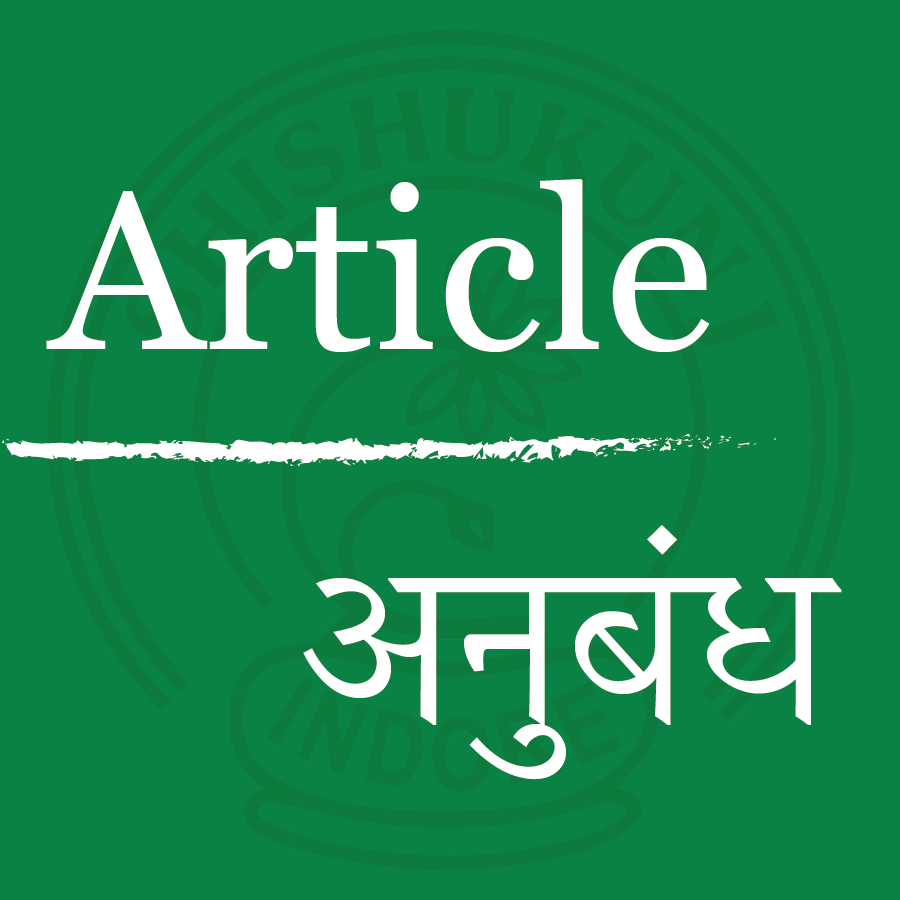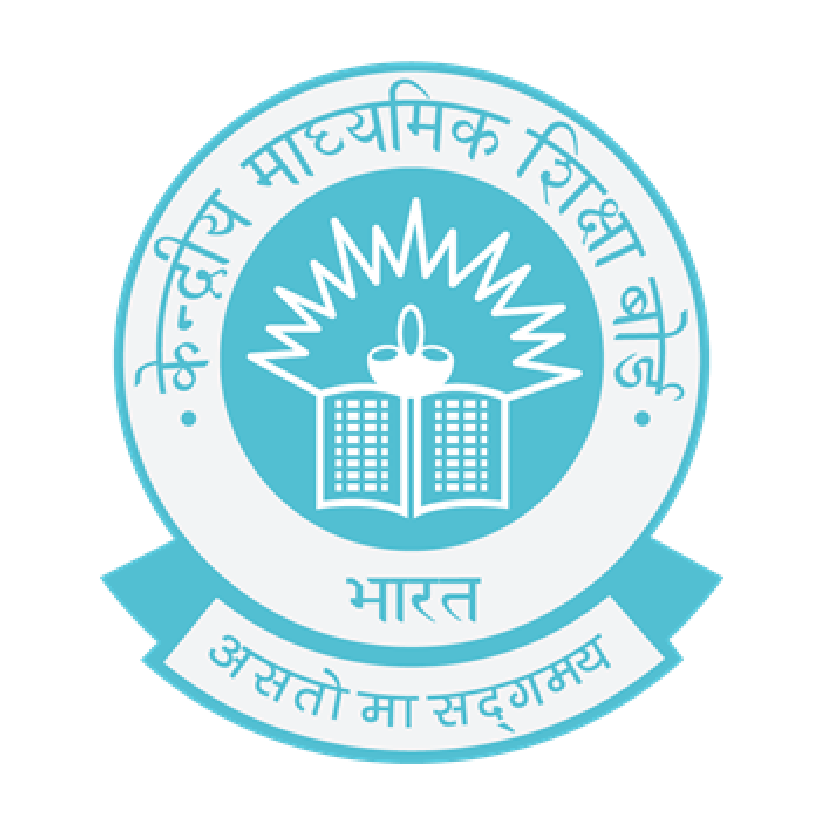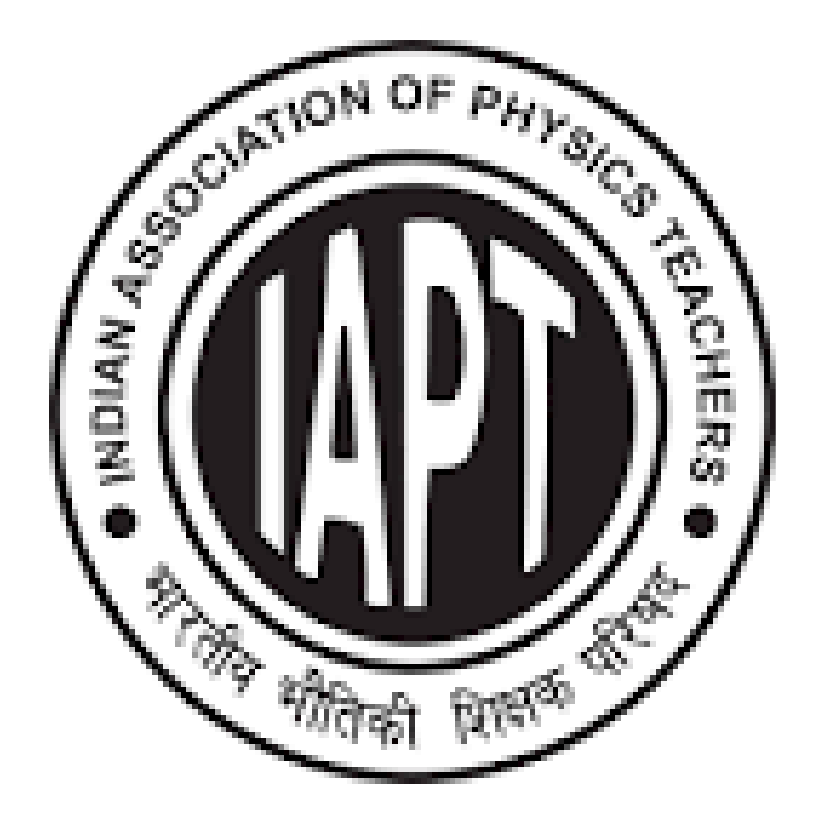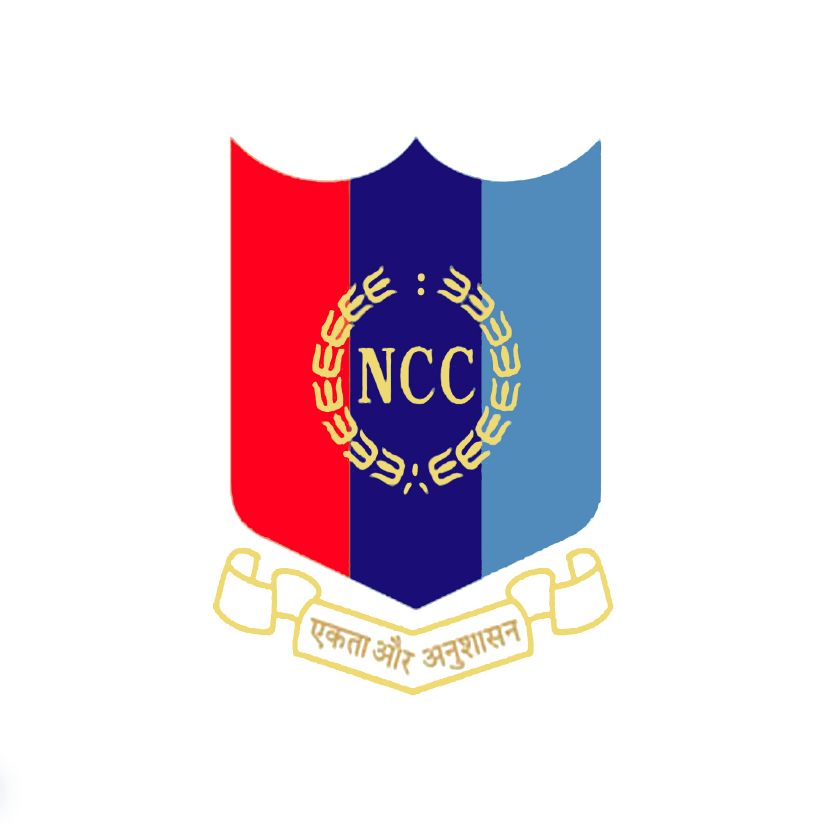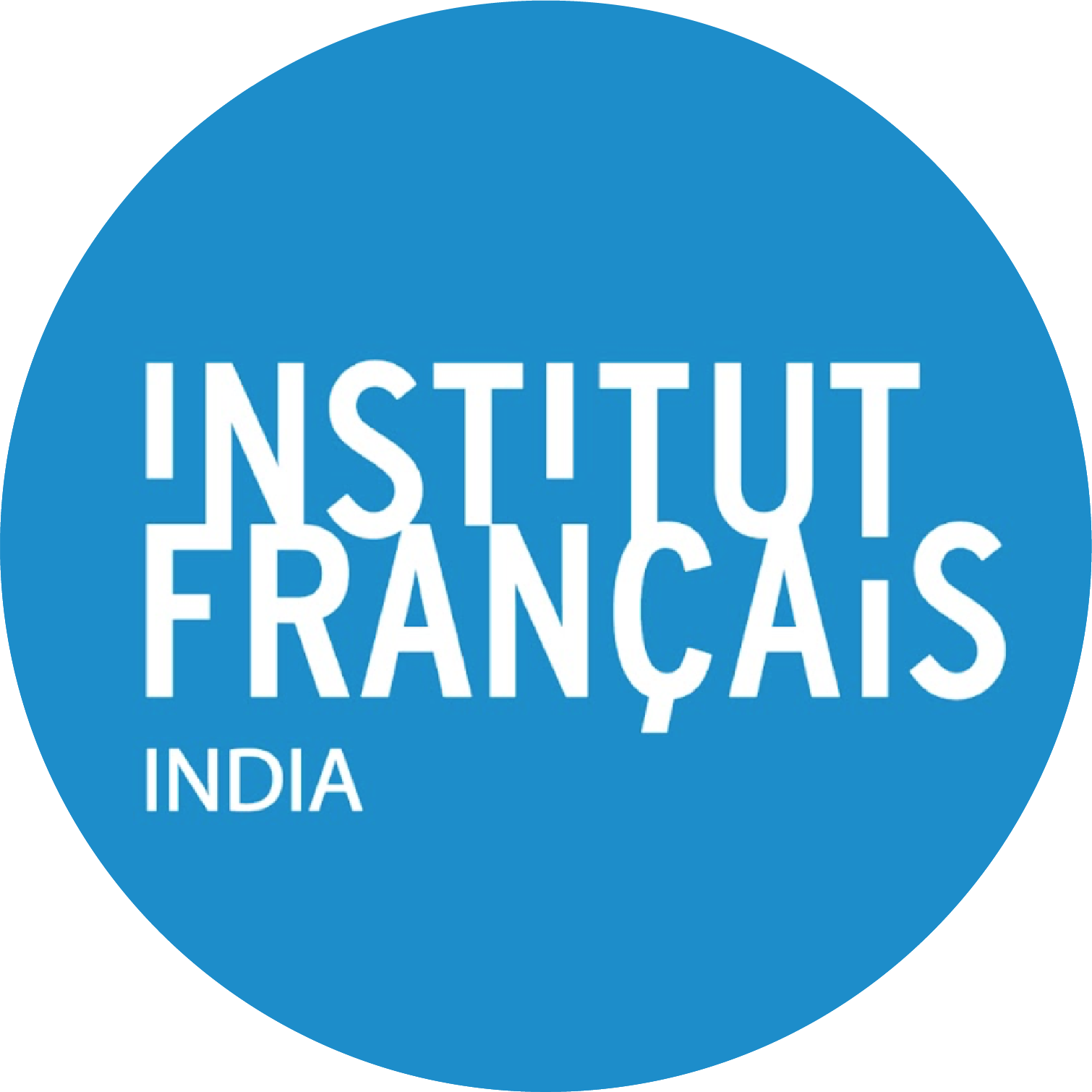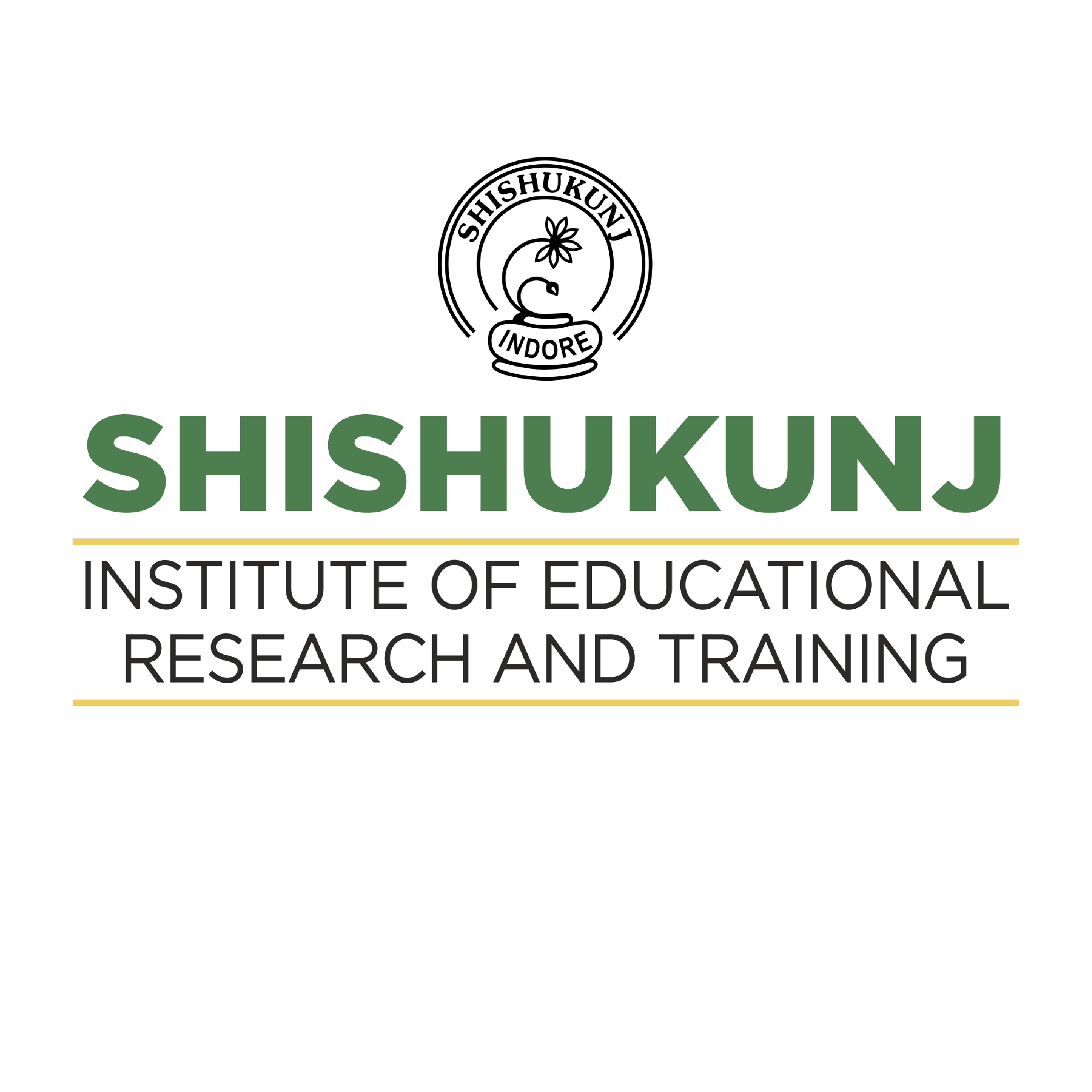The direct ancestor of “echo” is the Ancient Greek word ēkhṓ (ἠχώ). This term primarily meant “sound” but specifically carried the connotation of a sound repeated or reflected. The word “echo” is inextricably linked to Greek mythology, specifically to the poignant tale of the mountain nymph (Oread) named Echo.
According to the most famous version of the tale, the nymph Echo possessed a beautiful voice and loved to talk. She was known to keep people busy with long stories, conversation, and flattery. Her downfall came when she aided Zeus, king of the gods, by distracting his wife Hera the Queen of the Gods, goddess of marriage family and childbirth who was incredibly powerful but also vengeful, Whenever Hera was close to catching Zeus with someone else, Echo disoriented the goddess with long stories giving Zeus time to leave.
Discovering the deception, the enraged Hera cursed Echo, stripping her of her ability to speak freely; she was doomed to only speak the last words spoken to her by another, thus ‘echoing’ their words. The effect of losing her agency was catastrophic for Echo, and it paved the way for her eventual downfall. Later, in her life Echo fell deeply in love with the handsome youth Narcissus. However, due to her curse, she could not express her feelings, but could only repeat fragments of his speech. Narcissus, famously self-absorbed, cruelly rejected her. Echo ran into the forest with tears in her eyes. The rejection was too much, too cruel to handle.
The love that she had felt for Narcissus was so intense and so obsessive that Echo could not accept the way he had treated her and decided to live alone in the wilderness. However, the thought of her rejection kept coming back. In the end, her feelings were so intense that her body withered away, and the only thing left behind were her bones and voice.
Tag: Article
Human’s Will is Human’s Way
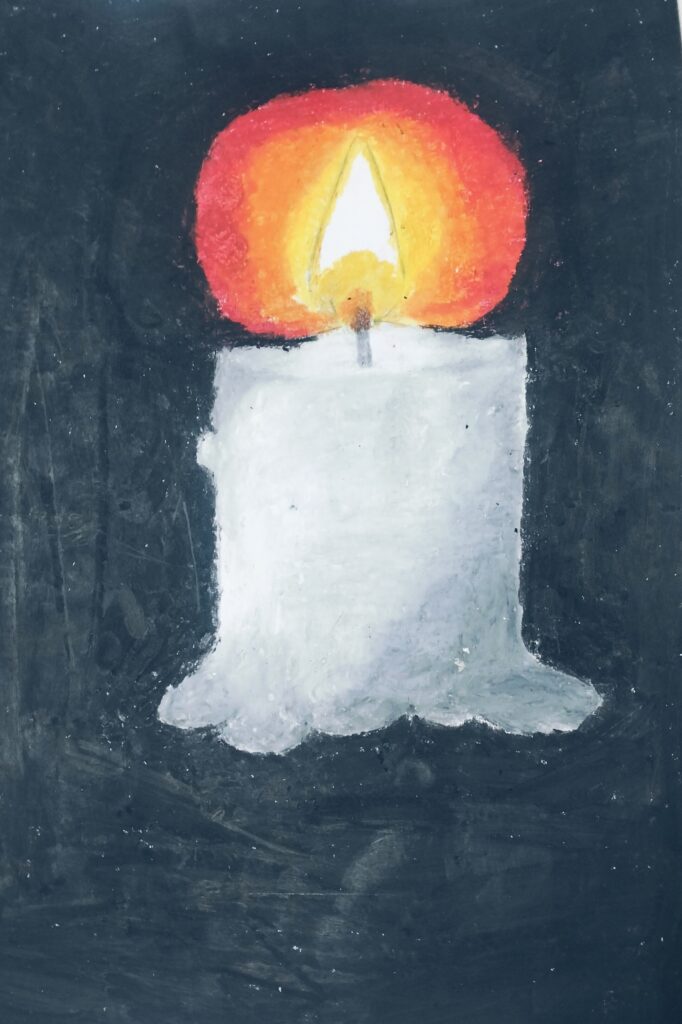
For the past millions of years, from the Stone Age till today, many developments have been made by humans, which mark a long journey. People are cutting trees for their own purposes, and in the name of progress, this “destruction of our mother earth” causes global warming and a rise in temperature on earth. Global warming is caused by human interference, which results in increasing greenhouse gases (CO₂) in the environment by cutting an excessive number of trees. This also creates a challenge for humans worldwide, as inhaling these harmful gases can lead to suffocation and death. It leads to rising sea levels, severe storms, and other extreme weather conditions, which can cause ocean acidification, collapse of tropical rainforests, and huge masses of ice falling into oceans. There must be preventive steps to check global warming. We can reduce it by installing eco-friendly home appliances and reducing tree cutting. Together, we can bring peace and happiness to our mother earth. If humans will something, they can achieve their goal for the planet.
Five Things I Will Do to Build a Self-Reliant India
Note: This essay was originally penned for the Tata Building India Essay Competition 2025-26. The theme of self-reliance, which has gained renewed prominence in recent years, led me to deliberate on Industry, Rural Empowerment, Innovation, Education and Sustainability as the five beacons illuminating the path to India’s self-reliant future. This composition is more than just a response to a prompt – it reflects my perspective as a student and voices the youth of India.
In his book “India 2020”, Dr. APJ Abdul Kalam, the Missile Man of India, shares his vision for India in 2050 as a knowledge-driven, innovation-led and self-sustained nation where science and technology play a pivotal role. To reach this utopian vision, a step has been taken in the form of Atmanirbhar Bharat (Self-Reliant India), which demands not only an economic mission but also a socio-cultural resurgence. We must begin to understand the importance of linking cultural and scientific heritage with modern technology through collective commitment and smart strategies. Hence, as a responsible student and as the future of India, I propose 5 ways to fulfill Dr. Kalam’s futuristic vision and to improve the acclivity of India in the coming years.
First, strengthening local manufacturing, i.e. the secondary sector of the Indian economy, is crucial to increase our self-reliance and to transform India into a global manufacturing hub. Whether it be semiconductors or sustainable textiles, India is making its mark in every emerging field. Thus, investments in infrastructure, skilled labour, technology-driven industries, etc. should be encouraged. This would reduce foreign dependence in the form of imports and would certainly boost exports. The secondary sector may not currently have the most employment or the highest share in GDP, but it has the highest potential to do so. Hence, innovative schemes like Make in India, Vocal for Local, Production-Linked Incentives (PLI), etc. should be promoted. These provide financial incentives to blooming businesses and stimulate domestic manufacturing, including the vital MSMEs.
Second, empowering rural India will increase the self-reliance of the country. This is because rural India is still home to a major chunk of the Indian population. People in villages tend to shift to cities in search of employment and education, abandoning their hometowns. Promoting agro-based and transport industries, improving irrigation, increasing storage facilities, etc. will reduce the underemployment prevalent in the primary sector and will stimulate income and self-reliance. Rural entrepreneurship must go hand-in-hand with digital connectivity to increase the reach of grassroots innovation and make rural innovators and tinkerers self-reliant.
Third, fostering innovations and startups is vital for creating a self-reliant India. Even though various national competitions like VVM, Olympiads, etc. identify and develop scientific temper in young minds at the ground level, not many of the achievers of such competitions come up with practical yet innovative startup ideas in their future. The emerging youth brims with curiosity and innovative ideas which hold the potential to change the world. Therefore, harnessing such blooming ideas and converting them into businesses through strong mentorship, research and funding is key to a self-reliant India. This can be done through innovative ecosystems like incubators in colleges, Shark Tanks and other business pitching initiatives by already established business personalities for future entrepreneurs.
Fourth, self-reliance can be brought even in the lives of young students by the provision of quality education and skill development. A self-reliant nation must first be a skilled one. Students’ ideas should not only solve existing problems but must also have the perfect balance between practicality and innovativeness. Policies like NEP 2020 and NCF 2023 stress on skill building like problem-solving, coding, AI, robotics, Financial Literacy, etc. early on for learners in an interactive and ‘no burden’ format. However, their true impact depends on their firm execution.
Fifth, true independence cannot be at the cost of the environment. India must increase dependence on ‘clean’ renewable energy and shift away from fossil fuels to lead in sustainable green technology. Eco-conscious policies, startups, etc. are the need of the hour to counter climate change. Therefore, the contribution of the youth, especially of students as ‘Green Ambassadors’ would be a step closer to sustainable self-reliance.
In conclusion, self-reliance is not isolation – it is, rather, the ‘standing strong on our feet’ and building valuable connections with the world on an equal level. Self-reliance is a community goal, for fulfilling which many more pivotal steps are required. Like Gandhiji once said, for India to truly become a trailblazer of self-reliance, Indian society mustn’t wait for change; instead, “be the change you wish to see in the world”. And this change begins now, one step at a time.
Let’s go to Saturn
I said it once, not because I had a rocket ready but because Saturn felt like the only place far enough. Far enough from the 6 am alarms, far enough from the assignments piling up, far enough from the late night spirals about whether you said the wrong thing in a five-word text. It was a joke. Kind of. Maybe I was too influenced by SZA singing “Life’s better on Saturn.” But Saturn wasn’t a planet or a song at that moment. It was an escape hatch.
And then, months later, came something I wasn’t prepared for. “I hope you find someone, or people, worth going to Saturn with.”
It sounded simple, but it stuck. Because isn’t that what all of us are really chasing? Not grades, not likes, not followers, but people who make you forget, even for a second, that Earth feels so heavy.
The thing is, we don’t live simple lives anymore. Gen Z feels everything at full volume. One text, “seen at 11:37 pm,” can ruin your entire night. The difference between “okay” and “k” can sit in your chest for weeks like an unpaid bill. We’re dramatic, yes, but we’re also painfully aware. Hyper-aware. Every glance, every word, every silence feels magnified under some imaginary space microscope. No wonder Saturn sounds easier.
But let’s not romanticize it too much. Saturn is, scientifically speaking, a giant ball of gas. If you really think about it, it’s useless for survival. You’d get there, stare at the rings and then wonder why no one told you they’re basically cosmic jewelry. Gorgeous, but completely unhelpful when what you really need is someone who doesn’t flinch when you say, “I am not okay, but I don’t wanna be alone.”
And yet, Saturn lingers. Because what we want isn’t really Saturn, it’s permission. Permission to drop the act, to admit we’re soft even when we’d rather be sharp, to let someone see the cracks without rushing to glue them shut. Vulnerability feels like standing on stage without remembering your lines. It’s terrifying, but it’s also the only way anyone believes you’re human.
Nietzsche once said, “Invisible threads are the strongest ties.” Maybe Saturn is just shorthand for those invisible threads. The unexpected friendships, the “khaana khaa le” from your mom, the people who make you laugh so hard you forget you were ever afraid to speak in the first place.
We might not have Saturn. But we do have these strange, messy, sometimes painful connections that keep Earth from collapsing under its own weight. Sometimes it’s a sarcastic remark that lands harder than it should. Sometimes it’s just the quiet hope tucked inside a sentence like, “I hope you find someone, or people, worth going to Saturn with.”
Earth has its own kind of magic. Sunrises spilling gold over restless oceans, forests that breathe for us, monsoons that carry the smell of wet soil and skies so stubbornly beautiful they make you forget, for a moment, about everything else. Saturn might glitter from afar, but only Earth knows how to hold us.
So, is life better on Saturn? Probably not. But maybe the point was never about actually getting there. Maybe it’s about finding the people who make Earth feel a little more bearable, even when everything else is spiraling.
And maybe that’s enough. Because until Elon Musk figures out the whole space travel thing, I guess we’re here. On Earth. With each other. Looking up at Saturn and thinking, “yeah, maybe someday.”
When the Lights Go Off and a Hush Falls Over the Classroom
When the final bell rings, students rush out into the corridor—backpacks swinging, laughter echoing down the hallway like the final note of a well-played song. Chairs are pushed back, books closed, and lights click off one by one. The classroom, once alive with questions, chatter, and silent stares of concentration, now stands still.
But that stillness is not emptiness.
Even with the desks vacant and the whiteboard wiped clean, the room holds something invisible yet deeply present: the energy of the day. It lingers in the air—the whispered doubts, the brave attempts, the bursts of laughter over shared jokes, and the silent disappointments carried behind polite smiles.
When the lights go off, the classroom becomes a quiet keeper of stories—loud, silent, joyful, and aching.
That empty room has seen it all:
- The child who finally raised a hand after months of fear.
- The heated debate that ended in reluctant laughter and mutual respect.
- The quiet student staring at a blank page, wrestling with battles no one sees.
- The teacher staying behind, erasing and rewriting lessons, hoping to reach just one more mind. Classrooms do not merely witness learning. They witness life in motion.
What happens between the lessons often matters just as much as the lessons themselves. The quiet exchanges, the unseen growth, the small moments of kindness and courage—these are the real curriculum of school life. Education isn’t only about equations and grammar; it’s about becoming.
If we could truly hear what the empty classroom whispers after everyone leaves, what would we learn?
Would we hear:
- The laugh that hid a deep loneliness?
- The sigh of fatigue behind a top scorer’s smile?
- The storm inside the child who never asked a question? The classroom holds these stories in its silence.
As educators, and even as students, let’s not forget: the school day may end, but the journey doesn’t. The learning, the emotions, the inner battles—all walk out of that room with us, unspoken but very real.
So the next time you leave a classroom, don’t just flick off the switch. Pause.
Let the silence speak. You might hear more than you expect.
करुणा: एक अहसास, एक जीवन-दृष्टि
करुणा: एक अहसास, एक जीवन-दृष्टि।
करुणा केवल एक भावना नहीं, बल्कि एक दृष्टिकोण है — ऐसा दृष्टिकोण जो मानव-जीवन को भीतर से समृद्ध करता है और समाज को मानवीय बनाता है। यह वह भाव है जो हमें केवल जीवित नहीं, बल्कि जागरूक बनाता है — दूसरों की पीड़ा को महसूस करने वाला, उसे समझने वाला और उस पीड़ा को कम करने की ओर सक्रिय करने वाला।
जब कोई मनुष्य करुणा का अनुभव करता है, तो उसमें केवल दया नहीं होती, बल्कि एक ऐसी संवेदनशीलता होती है जो उसे आत्मकेंद्रितता से बाहर लाकर दूसरों के जीवन में झाँकने की क्षमता देती है।
परिपक्व करुणा केवल भावुकता नहीं होती; वह विवेक से जुड़ी होती है — जहाँ व्यक्ति न केवल दुख को पहचानता है, बल्कि यह भी समझता है कि उस दुख के साये को उजालो में कैसे बदला जा सके।
आज विविध तकनीकी समझ ने मनुष्य की मशीनों से तो दूरी मिटा दी है, पर मनुष्य की मनुष्यता से दूरी बढ़ा दी है। आज अधिकांश लोग मन ही मन अकेले और आत्मकेंद्रित होते जा रहें हैं। सूचनाएँ बढ़ी हैं, लेकिन संवेदनाएँ कम हुई हैं। ऐसे समय में करुणा न केवल ज़रूरी है, बल्कि अनिवार्य है — ताकि हम फिर से मानव बन सकें, न की केवल भीड़ भर।
करुणा कोई दिखावा नहीं, कोई प्रदर्शन नहीं — यह एक आंतरिक स्पर्श है जो हमें इंसान से बेहतर इंसान बनाता है। यह वह अहसास है जो शब्दों के परे जाकर हमें जोड़ता है — व्यक्ति से व्यक्ति, मन से मन और अंततः आत्मा से आत्मा।
जहाँ करुणा होती है, वहाँ न्याय मौन होता है, पर प्रभावशाली होता है।
करुणा ही वह बीज है जिससे एक न्यायसंगत, समरस और सह-अस्तित्व पर आधारित समाज का सूर्य उगता है।
अंधेरों से मत हार मान
अंधेरों से मत हार मान,
तू अब भी तो उजियारा है।
ठहरे जल में भी कुछ सपने,
थामे तेरा किनारा है।
हर टूटे सपने की राख में,
छिपा कोई अंगारा है।
बस विश्वास रख तू खुद पर,
हर पत्थर में एक सहारा है।
थक कर बैठा है जो पथिक,
उसके मन में प्रश्न बहुत,
पर चलने का जो रखे जुनून,
तो हो लेंगे तेरे साथ बहुत।
आशा कोई जादू नहीं,
एक सीधी-सी समझ है ये —
जो गिरने के बाद उठाए,
बस अपने को परख तो ले।
जब सब द्वार बंद हो जाएँ,
तब भी खुला एक दर होगा ।
जिसे दुनिया कहती है हार
वही से शुरू आशा का एक घर होगा।
तो चल, जहाँ टूटे सपने हों,
वहीं नई सुबह बो दें हम।
हर अंधकार को देंगे मात,
ऐसी बने कुछ रोशनी हम।
Musings
- How travelling helps us to feel like time flies slower:
Have you ever realized that the older you get the faster time seems to move? Like a year when you were 5 was such a long time and now a year blows past you like wind traveling from one part of the street. So much for metaphor that I included the main topic in it TRAVELING.
Now how does traveling connect with all this stuff? Well, our brain likes to do new things and when we were 5 we really didn’t know much stuff hence our brain registered it as a longer time but as you grow up your routine starts to get very similar hence your brain takes it as a shorter period of time. Now in travelling you do many sorts of things which make you have new experiences and learn new things which breaks up your daily routine hence your brain registers it as a longer period of time.
- How all the deserts on earth were formed:
If you have ever by mistake taken the world map of highly civilized civilizations and the world map of natural landforms you would notice a pattern that wherever you see a hot desert you would see a highly civilized human population. An example of this would be Egyptian civilization or the Indus Valley civilization. Now you would say that these are just coincidences. Then an example to prove you wrong is Chicago and Texas which are undergoing desertification and are also the 2 most populated states of The United States of America. Now how does it work well it works in 3 steps which are:-
1) the humans colonize a bit
2) they become greedy and try to colonize even more (which they do)
3) they forget about nature and become even more greedy, destroying the nature around them to become even more civilized. (which they again become)
4) after a lot of the last step they are not able to find natural resources like water and go extinct.
According to me when we become extinct the entire earth would turn into a desert.
- How all lifeforms shift from one planet to another:
Have you ever realized how Mars, the planet just after Earth, has water and ice deposits and Venus, the planet before us, has a huge amount of carbon dioxide? Ice and water deposits are important requirements for life and carbon dioxide is a major sign of past life as it is secreted by life and also put out by advanced machinery and chemical reactions.
This can mean that life shifted from an unknown planet to Mercury and from there to Venus and from there to Earth. Either the same human beings or the old life forms got extinct and life restarted from nothing.
Let’s focus on the other possibility – Mars having water and ice deposits. Now how can something like this take place? The most probable reason is that nuclear fusion takes place in our sun which converts hydrogen into helium increasing the sun’s volume gradually which can lead to destruction of planets, extinctions of species and most importantly shifting of the heat layer which has the right temperature for life which is just a bit higher than the temperature required to convert hydrogen and oxygen into water due to which Mars has water and ice deposits as it currently is in that temperature zone and that is how water is present on earth.
Please switch off the TV now…
“Please switch off the TV now…”
That’s what my mumma says every evening. And honestly, she is right.
Sometimes I feel like I am stuck to a screen – TV, phone, or even schoolwork on the laptop. It’s like the gadgets follow me everywhere! At first, it’s fun. But after some time, I feel tired, confused, and even angry for no reason.
That’s when I learned something called digital detox – taking a break from screens to rest your eyes, mind, and heart. Trust me, it really helps!
This summer, I learned embroidery, texture art, and even crochet all thanks to my mumma’s ‘homemade summer camp’ (seriously, she should take classes…hahaha). I started spending time drawing, playing with my sibling, or just sitting near the window watching the rain. And it felt peaceful. I could hear my own thoughts.
Sometimes, I don’t even realise how much time I am spending on screens. I pick up the phone just to check the time, and suddenly I am watching videos of dancing cats, funny babies, and random craft hacks I will never try! It’s like my fingers have a mind of their own. That’s when I laugh and think, “Okay, I really need to stop now.”
Even my little brain feels tired like it wants to lie down with a cold water bottle on its head!
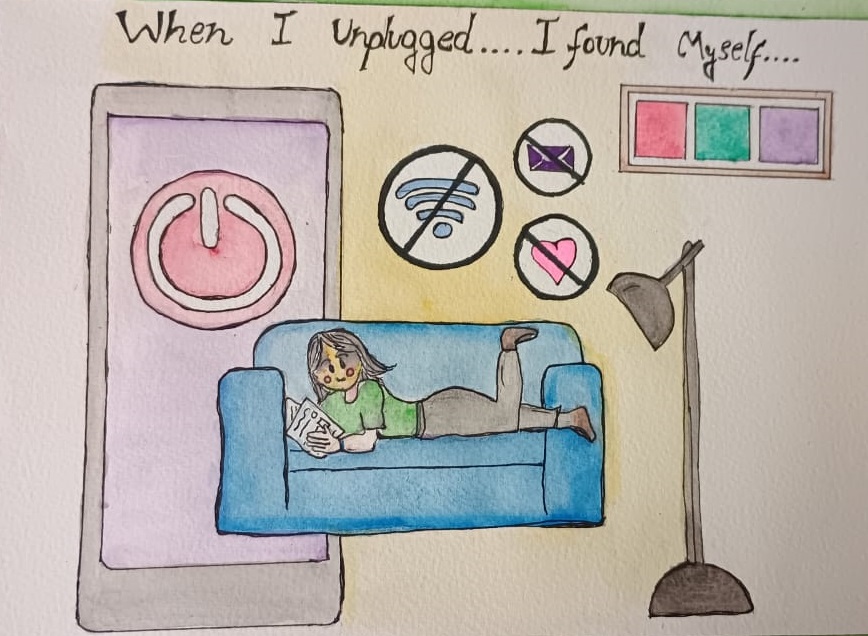
This article and my drawing are my way of telling you: Switch off the screen and switch on your life. Try it once every day, even for 30 minutes. It’s not a punishment. It’s like giving your brain a bubble bath. Your brain and heart will thank you.
Let’s unplug to feel free again.
सत्यवचन: जैसी संगति बैठिए, तैसा ही फल होत
यह ज़रूर सत्य है कि सत्संगति मनुष्य को वैसे निखारती है जैसे चमकीले पत्थर को तराशकर उसे प्रखर हीरे का रूप दिया जाता है। इस पृष्ठभूमि में सत्संगति अनमोल एवं अतुलनीय है। ‘सत्संगति’ शब्द उपसर्ग ‘सत्’ तथा मूल शब्द ‘संगति’ से मिलकर बना है जिसका अर्थ है – ‘अच्छा साथ’ अथवा ‘ऐसी संगति जो व्यक्ति पर सकारात्मक प्रभाव डालती है’|
माना जाता है कि व्यक्ति अपने परिवार को नहीं चुन सकता है, परंतु अपनी सोच-समझ से गुणी व्यक्तियों को परखकर उनसे मित्रता करना और उनसे संपर्क रखना तो चुन ही सकता है| मानव एक सामाजिक प्राणी है, जो सतत् जीवन के अनुभवों से सीख प्राप्त करता है| बचपन से बुढ़ापे तक वह निरंतर किसी-न-किसी अन्य व्यक्ति के संपर्क में रहता है| इसलिए उसके लिए यह स्वाभाविक है कि वह आस-पास के संबंधित व्यक्तियों के गुण-अवगुणों को समझकर अपने जीवन में अपना ले|
यदि मनुष्य सज्जनों की संगति में जीवन गुज़ारता है, तो वह सदा फुर्तीला तथा प्रफुल्लित रहता है, नई चीज़ों को जानने की जिज्ञासा रखता है| इन सद्गुणों का उचित उपयोग कर निरंतरता से अच्छे कार्यों को करना उसका स्वभाव बन ही जाता है|
इसका एक उदाहरण हमें अंगुलीमाल नामक भयानक डाकू से मिलता है जो गौतम बुद्ध की सत्संगति में नकारात्मक व्यक्ति से सकारात्मक व्यक्ति बन गया| जीवन में अनेक ऐसे क्षण होते हैं, जब व्यक्ति किंकर्तव्यविमूढ़ हो जाता है, जैसे महाभारत युद्ध के पहले अर्जुन हो गए थे| तभी श्री कृष्ण जैसे मित्र की सत्संगति में रहकर उनसे सहायता लेकर उचित मार्ग चुनना सरल हो जाता है| कुसंगति विष की तरह मनुष्य पर बिल्कुल विपरीत प्रभाव डालती है और उसके सर्वोत्तम गुणों को नष्ट कर देती है| चाहे व्यक्ति का अपना व्यक्तित्व कितना भी अच्छा हो, उसपर संगति का असर पड़ता है| इसलिए सत्यवचन है – “जैसी संगति बैठिए, तैसा ही फल होत”|
भारत की साँस : Operation Sindoor
हर साँस में भारत माँ का नाम है जगता,
पूरा हिन्दुस्तान भारत माँ की जय-जयकार है करता।
“What’s even the use of being part of the population of such a big country, Mom? It’s impossible for the government to even do something for a thousand people, let alone twenty or one!” I used to say this to my mother, who never really answered me directly. She only used to smile at me and say, “The country will prove it to you, honey.”
नहीं आने देंगे हम हमारी माता या उनके बच्चों पर एक भी खरोच ,
दुश्मन जितनी भी कोशिश कर ले, कभी नहीं पायेगा वो हमें रोक।
‘India has shown the world its power. Operation Sindoor, a military operation was launched by India last night, targeting Pakistani terrorist infrastructure.” The news channel said, and the first person I could think of was my mother. The country had proven itself. It had launched a full-scale military attack on terror bases, just for those 26 people who died. “You never are wrong, mom,” I said to myself, remembering those scenes of the terror attack. A perfect little vacation, enjoying nature’s wonders, and out of nowhere, you, or your husband, your father, or your brother is shot. SHOT TO DEATH. You can do nothing but leave them lying there because you don’t know what could happen next. Tears are cascading down your face, and the only thing you hope for is that INDIA RETALIATES. And it did, but stuck to the promise of humanity. No Pakistani military base, religious site or civilians were harmed!.
मासूम लोगों को हम मारते नहीं, शहीद कई हो जातें हैं,
भारत माँ अपनों के लिए, अपने बच्चों को न्यौछावर कर जाती हैं।
Fighting for those who lost their husbands, their sons, their brothers, or their family, Operation Sindoor redefined India’s strict policy against terrorism. India, resolutely standing up for its people, hit terrorist infrastructure in Pakistan and Pakistan-occupied Jammu and Kashmir, from where heinous attacks against India have been meticulously planned and orchestrated. In total, nine strategic sites were targeted. Operation Sindoor embodies the strength and sacrifice of our people, besides honouring the women widowed in the tragic Pahalgam attack.
हर स्त्री जिसका सिन्दूर है इन आतंकवादियों ने छीना,
भारत ने जवाब दिया, और देता रहेगा जब तक पाकिस्तान नहीं सीखेगा।
The world today salutes and honours the overall command of the Prime Minister, NSA Shri Ajit Doval, (R&AW) Secretary Shri Ravi Sinha and ARC Chief Parag Jain, the media briefings by Wing Commander Vyomika Singh and Colonel Sofiya Qureshi, the sacrifice made by five Indian soldiers, and every person who contributed to this operation. It stands not just as a fight for India, but as a fight against terrorism.
याद रखो ओ आतंकवादियों
खत्म नही हुआ है यह ऑपरेशन ,
जिसके परिवार को तुमने है तोड़ा,
वे तोड़ देंगे तुम्हारे नामो-निशान !

